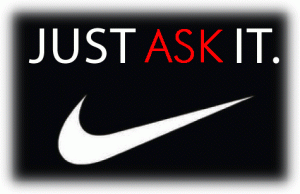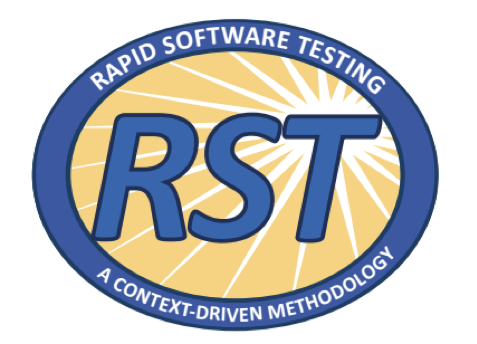Via Twitter I read the post by Brian Osman blogging his experience with the RST by James Bach, which triggered me to finish the first post on RST today.
8, 9 and 10 June I attended the Rapid Sofwtare Testing training in Utrecht. Michael Bolton was invited by my employer to train almost 50 testers and test managers in one week. This great course got me thinking and my mind is overflowing with ideas! This post is to capture some interesting topics from the course from the notes I took.
Inspiration!
It was cool to see how Michael really knows how to inspire his audience. The first day gave me a nice view on testing vs. checking. This wasn’t new for me since I have seen Michael speak on several occasions. The part about “It works really means: it works, to some degree, on my machine, it appears to fulfill some requirement in some point of time.” made me think about the meaning of testing and how others look at it. Also the view that testability is important and the great use of heuristics inspired me to start using this in my daily work.
Asking questions
Michael is brilliant in asking questions and demonstrating “good” and “bad” behaviour by testers and stakeholders. The value of credibility and the use of safety language was discussed. It was interesting to see that the whole classs agreed with Michael without much discussion about this. I can imagine that lots of testers agree, but in our daily work we do not use it very often. We should train ourselves more in using safety language and carefully formulating our testing story. Testers also should be asking more questions! A great sentence I heard Michael use a couple of times could help us: “Hmmm, interesting, let’s talk about that!”.
Great testing questions
During the course we made a list of Great Testing Questions on a flip-over. This is the list from our class, but there are a million more questions testers can ask.
- Who is my client?
- Can I ask questions?
- Are there more rules?
- What is the budget?
- Are there more like this?
- Are there more of these?
- What is the risk?
But more about safety language and questions later.
How RST can work
The best take away from the first day were my thoughts on how RST can work. During one of the exercises we were making mind maps while listing product elements. After this 15 minute exercise it became clear to me how powerful using a mindmap and heuristics can be creating test ideas rapidly. Me and my RST buddy Matthias worked together inspiring each other after every new idea. Imagine what our list could become when we would ask a designer or programmer to review it. Two-way inspiration in a split second! And how many more new ideas could we retrieve from the requirements or the client?
The best quotes from the first day could be (because we were served many): “Testers responsibility is to remain unsure when everybody is sure!” and “Testing is about questioning and learning under conditions of fundamental uncertainty”.
Context-driven tester?
Since I did the Rapid Software Testing course I know: I am (or at least want to become) a context-driven tester! Although I often praticed the Basic Principles of the context-driven school in the past and “Lessons learned in software testing” has been my favorite testing book for years now, the course made it perfectly clear to me that testing should be context-driven. RST: a must do for every tester who takes his/her job seriously.
More to follow later!




0 Comments
5 Pingbacks